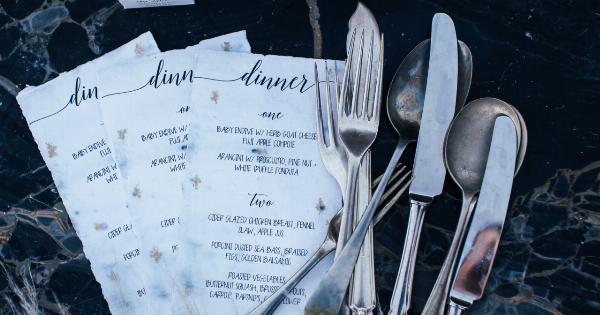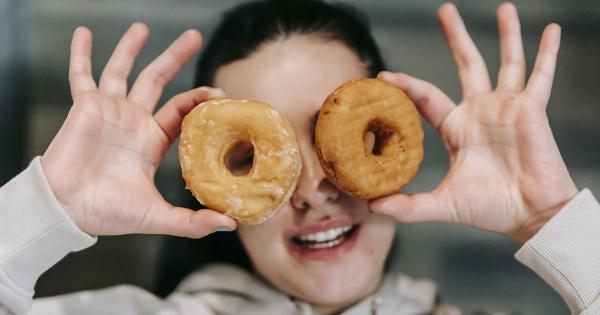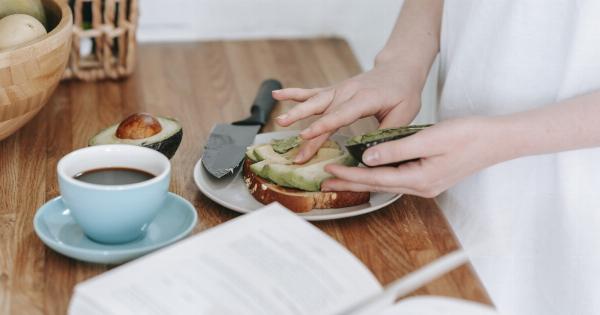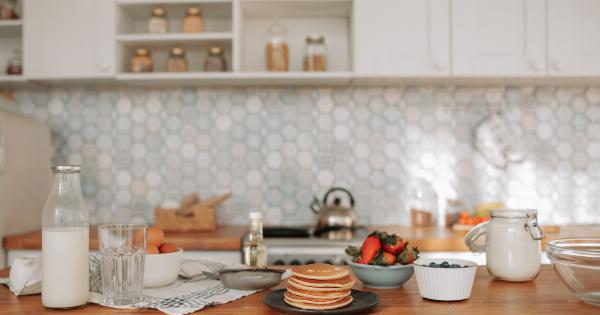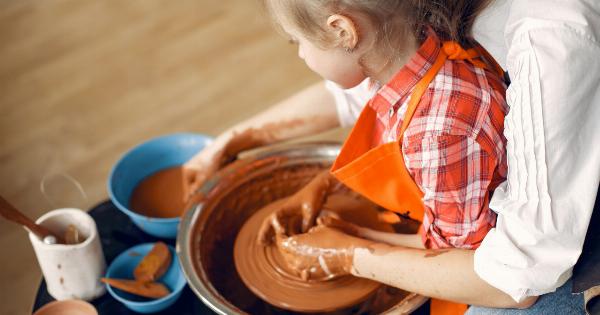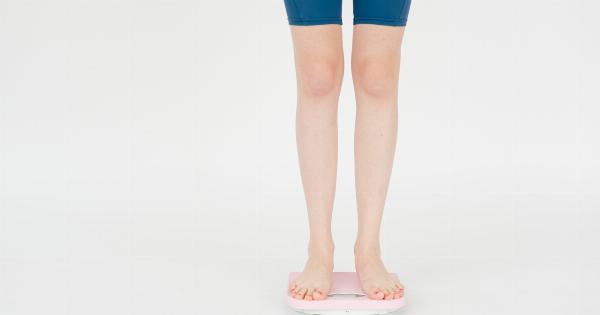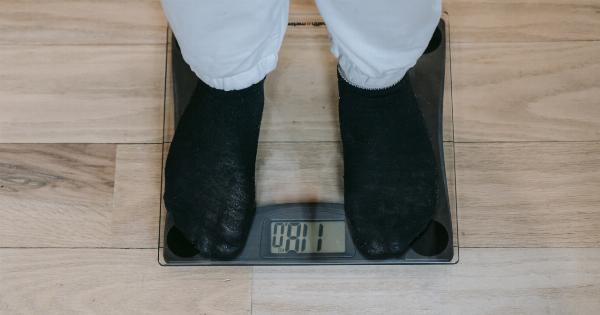When it comes to pairing alcohol with food, most people tend to think of wine and its various food partners. However, beer and wine both have unique tastes that can be highlighted or balanced by specific foods.
Additionally, both types of alcohol contain calories that can add up quickly if not carefully considered. Whether you’re enjoying drinks at home or dining out, it’s essential to understand how to pair your beer and wine with the right food options to make the most of your experience.
This guide will explore the best ways to match your beer and wine with your food while keeping calorie counts in mind.
Beer Pairing
Beer is a classic choice for football games, casual hangs, and nights out with friends. The variety of beer styles often leaves people confused about what to pair them with, but if you keep it simple, anyone can become a beer pairing wizard.
Here are some beer and food matches to consider:.
IPA and spicy foods
IPAs are often mild, but they pack a lot of hops and bitterness. The best foods to pair with IPAs are those that are spicy or have a lot of heat.
The bitterness of the IPA helps to counteract the heat of the food, making for a refreshing and delicious combination. Try pairing your IPA with Mexican or Thai dishes, for example.
Lager and potato dishes
Lagers are light and delicate beers that pair well with simple, starchy foods like potatoes. Whether you’re enjoying French fries, baked potatoes, or mashed, a lager will complement your meal well.
A crisp Pilsner or a Hefeweizen goes well with roast potatoes or a potato salad.
Stout and desserts
Stouts are dark and bitter beers, often with a chocolate or coffee flavor. These beers pair well with sweet, rich foods like chocolate cake, cheesecake, or anything else that’s chocolatey.
A chocolate stout is an excellent choice when it comes to pairing a beer with a dessert.
Wine Pairing
Wine is a popular choice for dinners and formal occasions. There are countless types of wine, but they are commonly separated into two categories: red and white.
When you want to pair wine with food, you need to consider their acidity, tannins, and sweetness levels so that they balance against each other. Here are some wine and food matches to consider:.
Chardonnay and seafood
Chardonnay is a favorite white wine that’s perfect for pairing with seafood. Its high acidity and buttery flavor complement seafood’s delicate texture.
If you’re looking to keep calorie intake low, consider choosing grilled or baked fish instead of fried versions. A chardonnay with a grilled salmon or shrimp dish is an excellent choice.
Pinot Noir and poultry
Mountainous areas like the west coast of the United States and the Burgundy region of France produce amazing Pinot Noir wine. This red wine has a fruity and soft flavor that pairs well with poultry.
Chicken or turkey with a light sauce is perfect for a glass of Pinot Noir. The wine’s mild tannins will complement the meat’s flavor while also giving your meal an elegant touch.
Cabernet Sauvignon and red meat
Cabernet Sauvignon is a perfect pairing with red meats such as steak, pork, or lamb. This red wine has high levels of tannins that complement the meat’s fatty flavor.
The tannins also help to cut through the meat’s fat, making for an excellent dining experience. A rich and bold Cabernet Sauvignon accentuates the taste of red meat in a meal.
Keeping Calories In Check
While it can be hard to resist the temptation of beer and wine, drinking too much of it can add up your calorie intake quickly. As you may already know, alcoholic drinks contain empty calories that can quickly add up if you’re not careful.
Here are some tips to help you keep your calories in check while enjoying your drinks:.
Focus on portion sizes
One serving of beer is usually around 12 ounces, while a glass of wine is around five ounces. Try to keep your consumption within those limits, and stick with lean protein options that complement your wine or beer.
For example, you could replace calorie-laden burgers and wings with grilled chicken or fish dishes.
Know the calories in your drink
Most restaurants and bars provide calorie information for their beer and wine menus. Take a minute to review the options and choose the ones with lower calories.
Light beer, for example, has fewer calories than a regular beer, and a dry red wine has fewer calories than a sweet white wine.
Stay hydrated
Hydration is essential when it comes to drinking alcohol. Not only does it help your body flush out toxins from the drink, but it also helps to keep you full and satisfied, reducing your appetite for high-calorie foods.
Drink plenty of water before, during, and after your drinks to stay hydrated and avoid mindlessly snacking on high-calorie foods.
Conclusion
Choosing the right food to pair with your beer or wine can elevate your dining experience to new heights. Whether you prefer a crisp, refreshing beer or a sophisticated glass of wine, there is always an option for every palate.
Remember to keep your calorie intake in check by practicing portion control, knowing the number of calories in your drinks, and staying hydrated. With these strategies in mind, you can enjoy your beer and wine without overindulging or harming your health.




